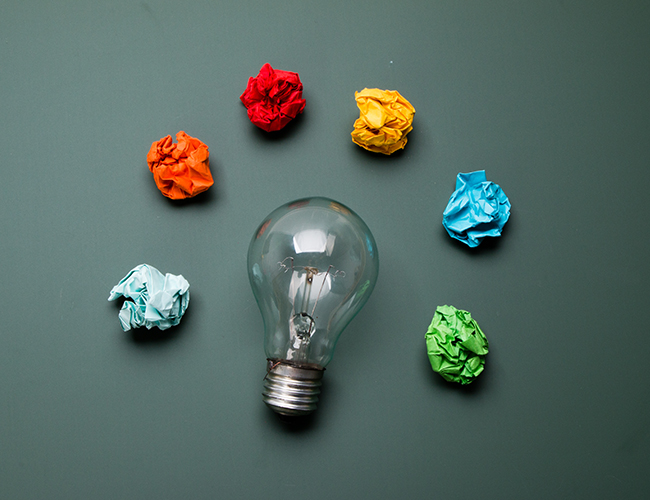‘What colors will work for my brand?’ is a common question all marketers hear when it’s time for a brand refresh, especially considering the psychology of color in marketing and branding.
Gregory Ciotti, a marketing strategist and contributor to Mashable, explores the misconceptions around the psychology of color in marketing, the importance of colors in branding, gender color preferences, and how color coordination affects the conversion rate of your digital marketing efforts. In his article, “The Psychology of Color in Marketing and Branding,” Gregory aggregates the answers to these top questions from the most reliable research on color theory and persuasion.
Key Findings on the Psychology of Color
- There is no single perfect color out there. Personal preferences and experiences often muddy the effect that individual colors have on each consumer.
- Colors plays an important role in branding and consumer’s purchase decisions. Up to 90 percent of snap ‘brand judgments’ are made on color alone.
- It’s not necessarily the color palette of the brand that matters. Instead, it’s the perceived appropriateness of the relationship between the brand and color that is key.
- New companies should choose branding and logo colors that differentiate the brand from entrenched competitors.
- Blue is the favorite color of both genders by a wide margin.
- Men prefer bold colors, while women prefer softer colors.
- No single color is best for increasing conversion rates. Instead, you should use the the Isolation Effect to make your product or button “stand out like a sore thumb” in order to increase your conversion rates.
Still have questions about the psychology of color and best practices for branding? If you are launching new branding and looking for guidance from a team of talented and experienced pros, contact us at Parallel Interactive, a top San Diego digital marketing agency.








